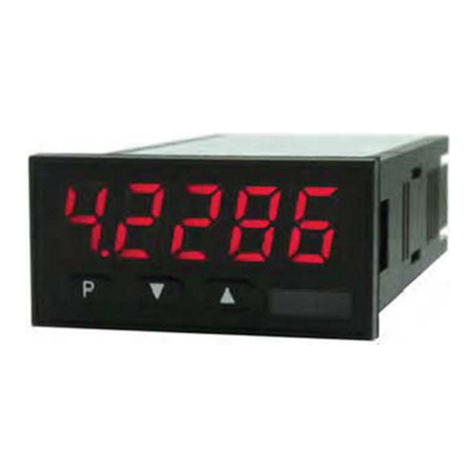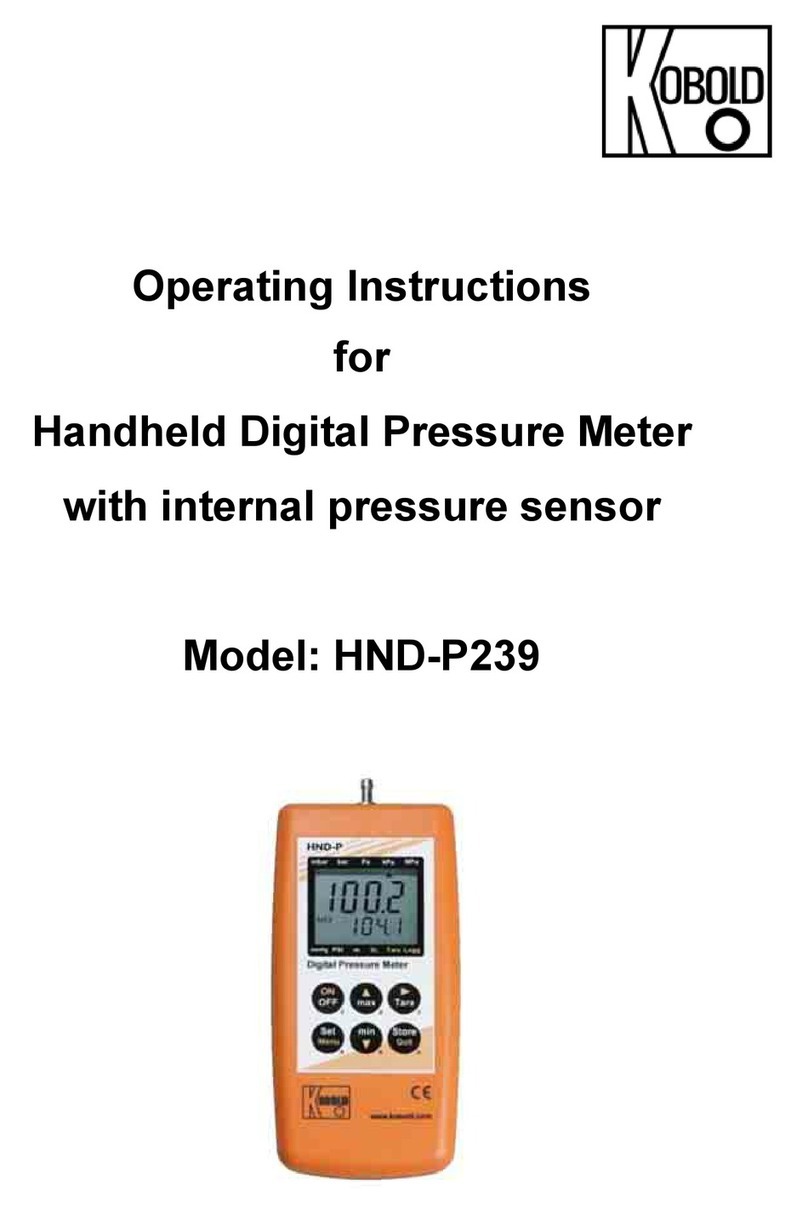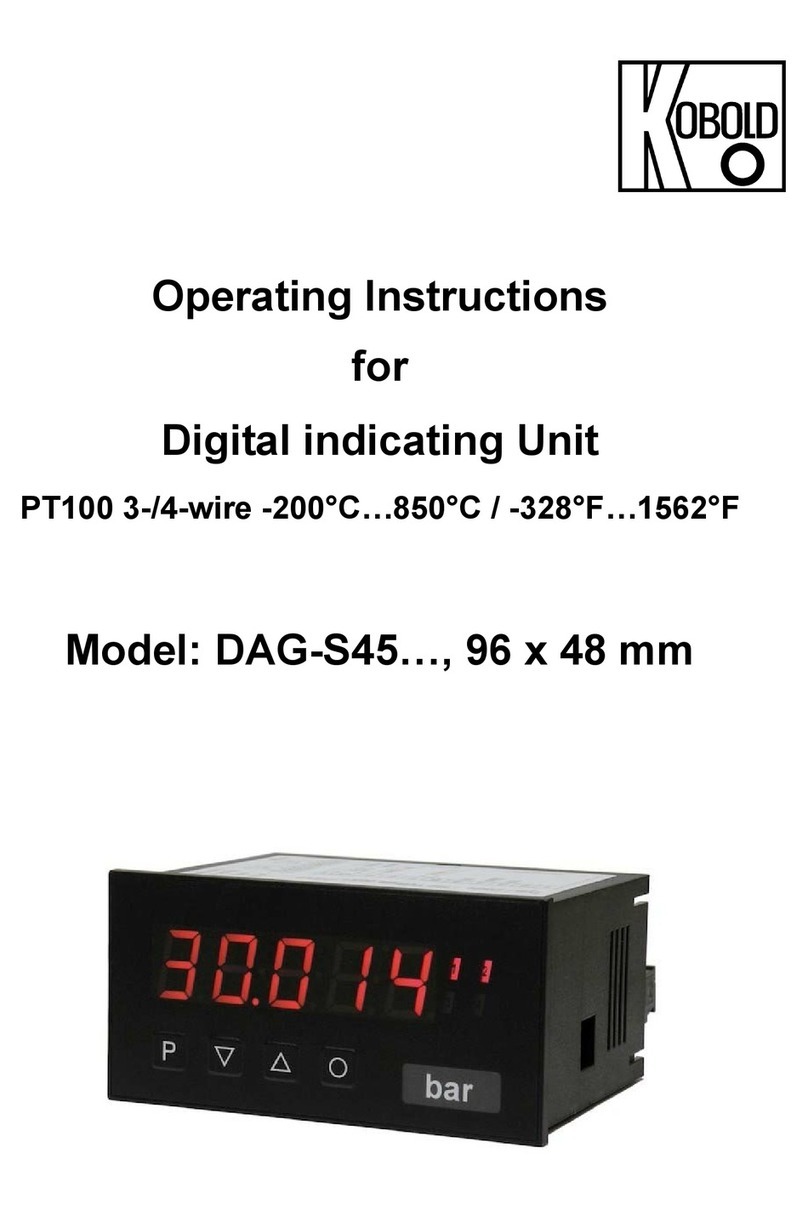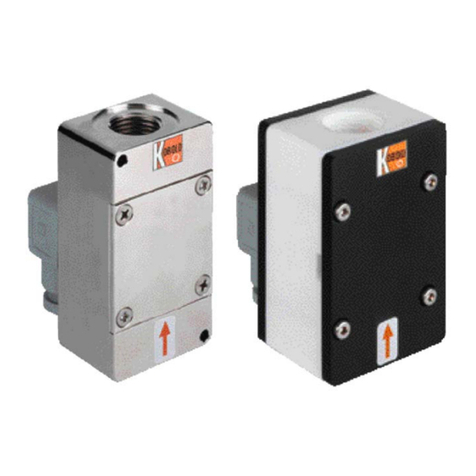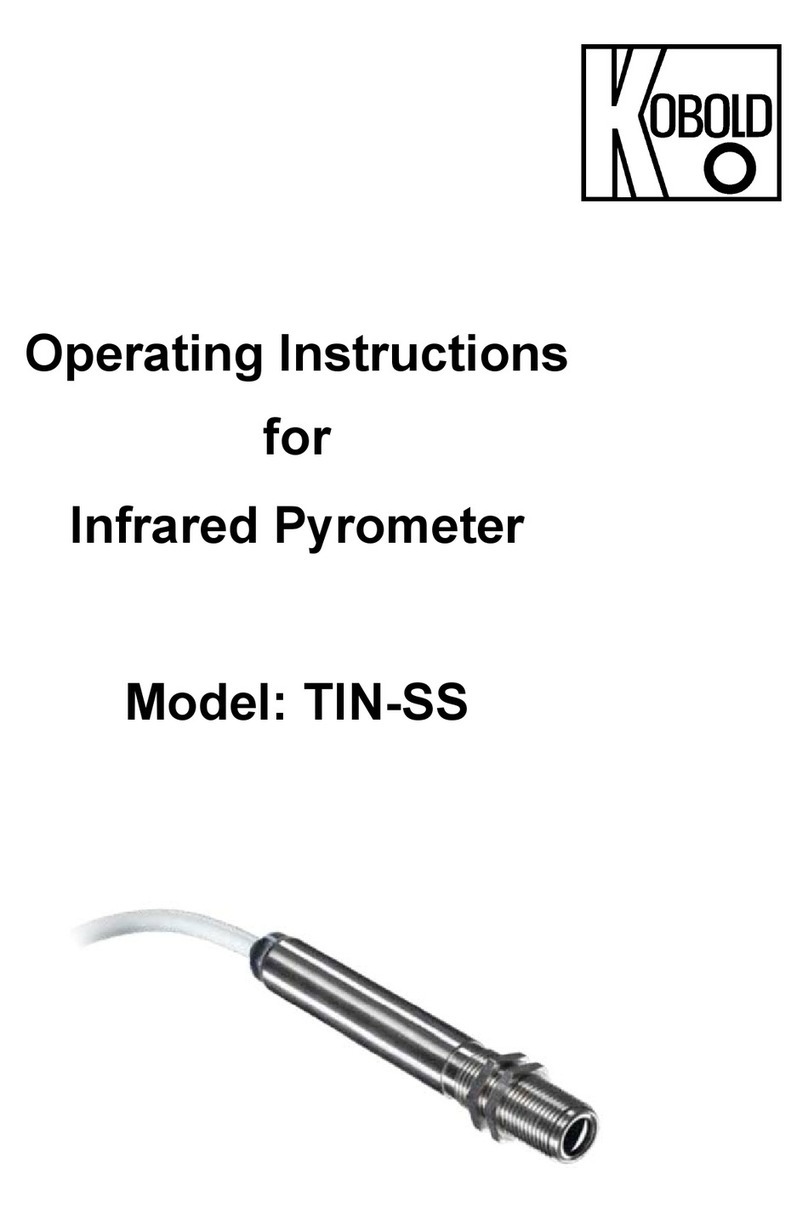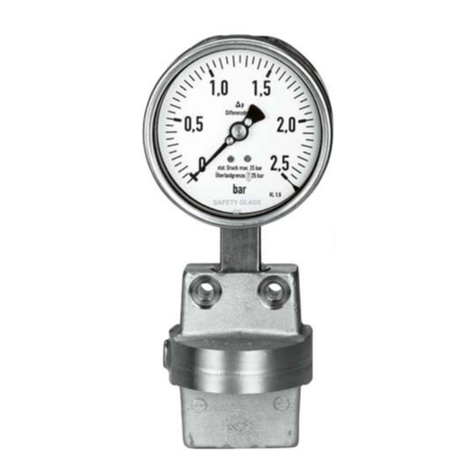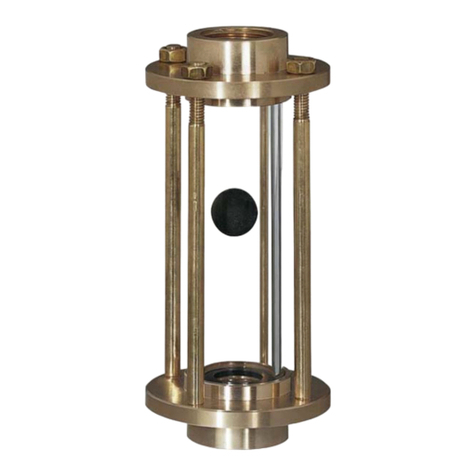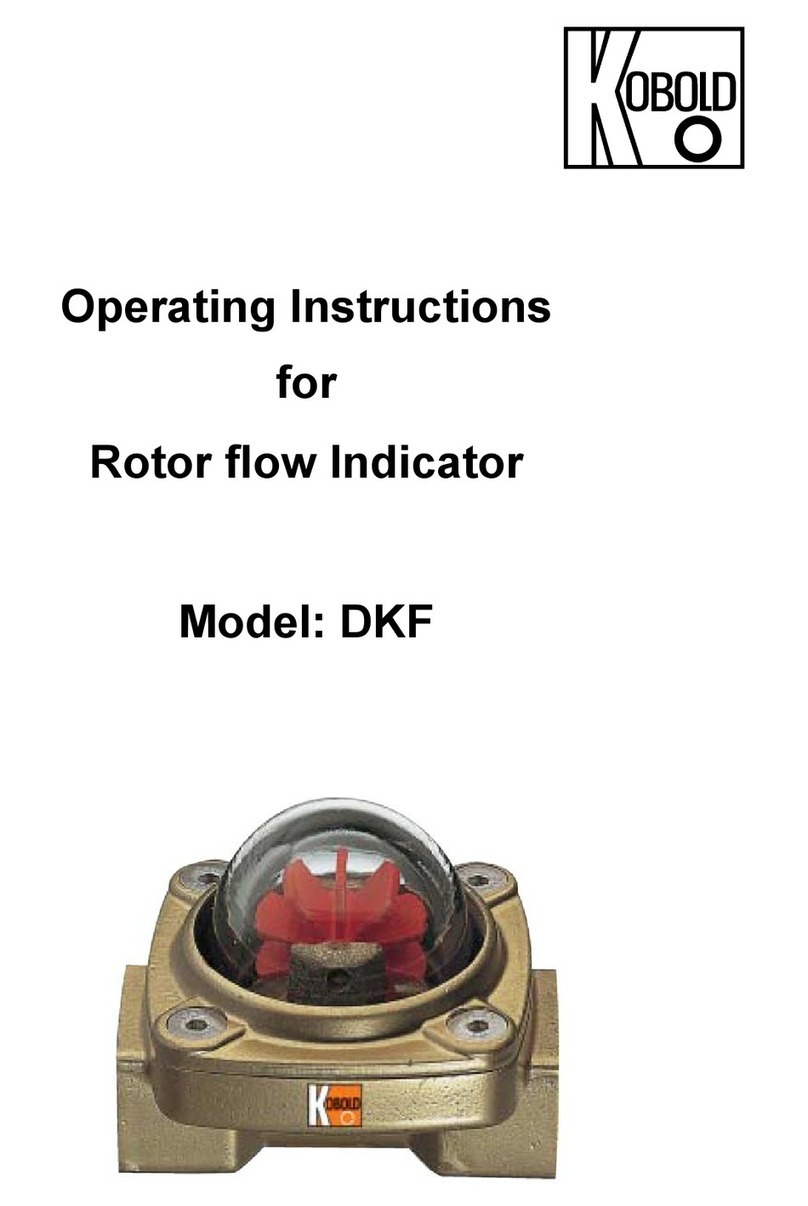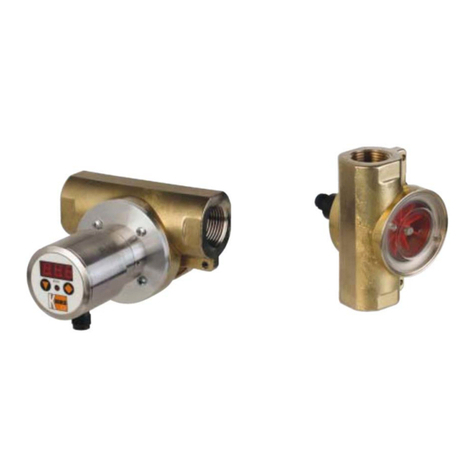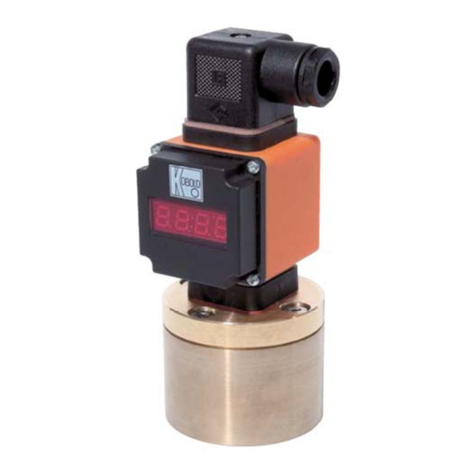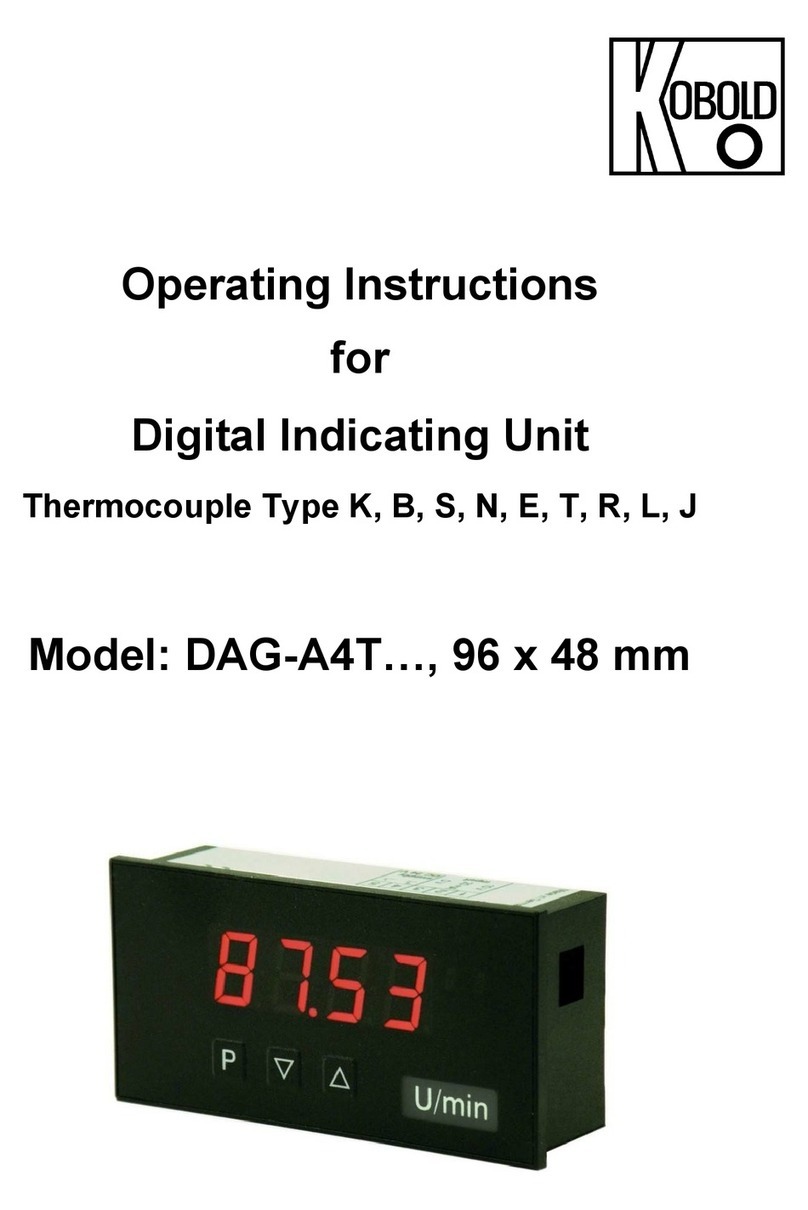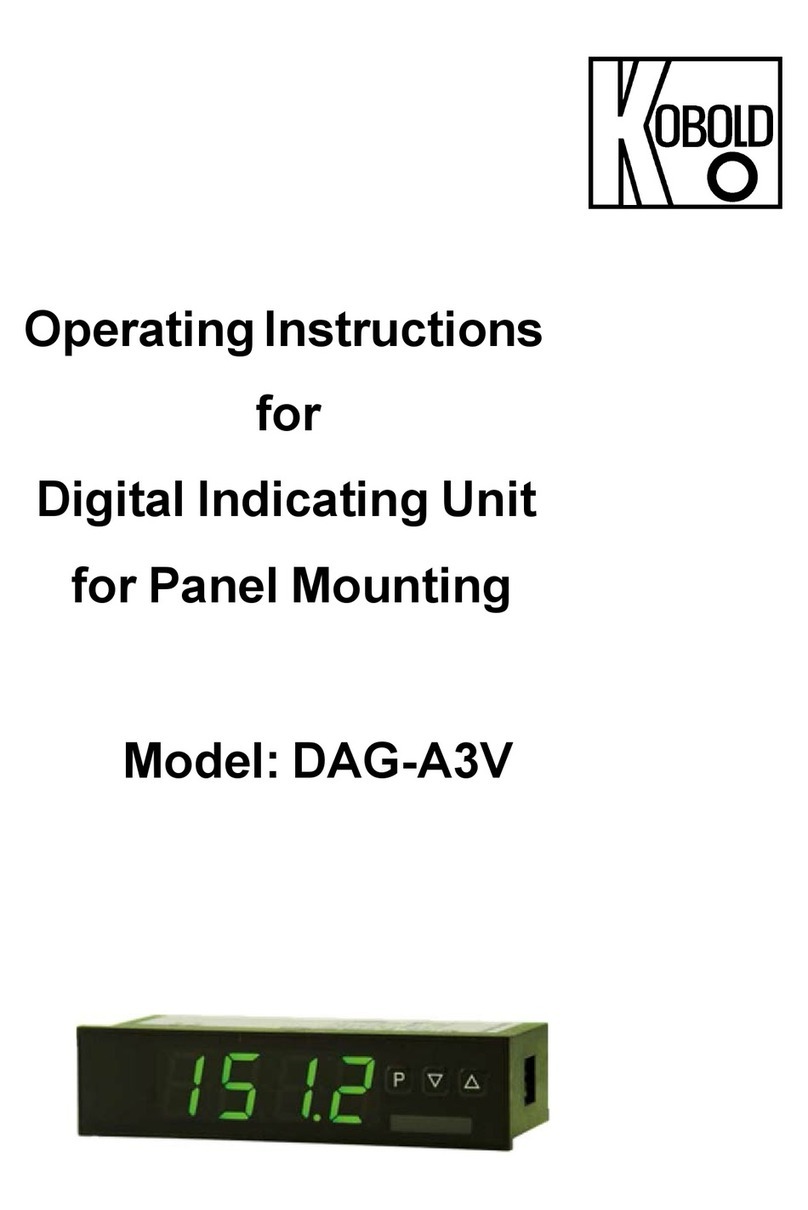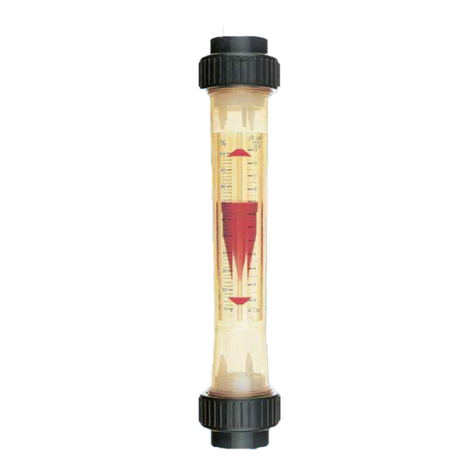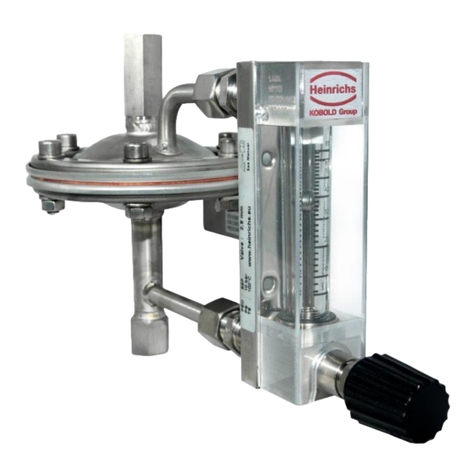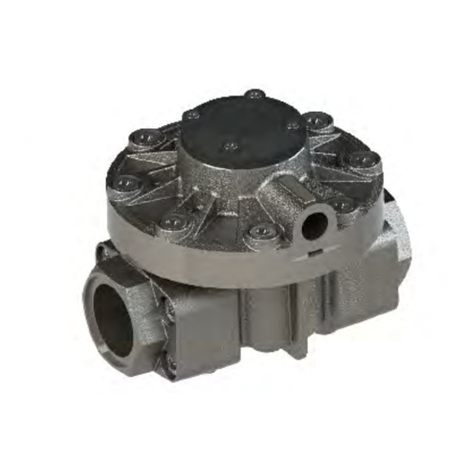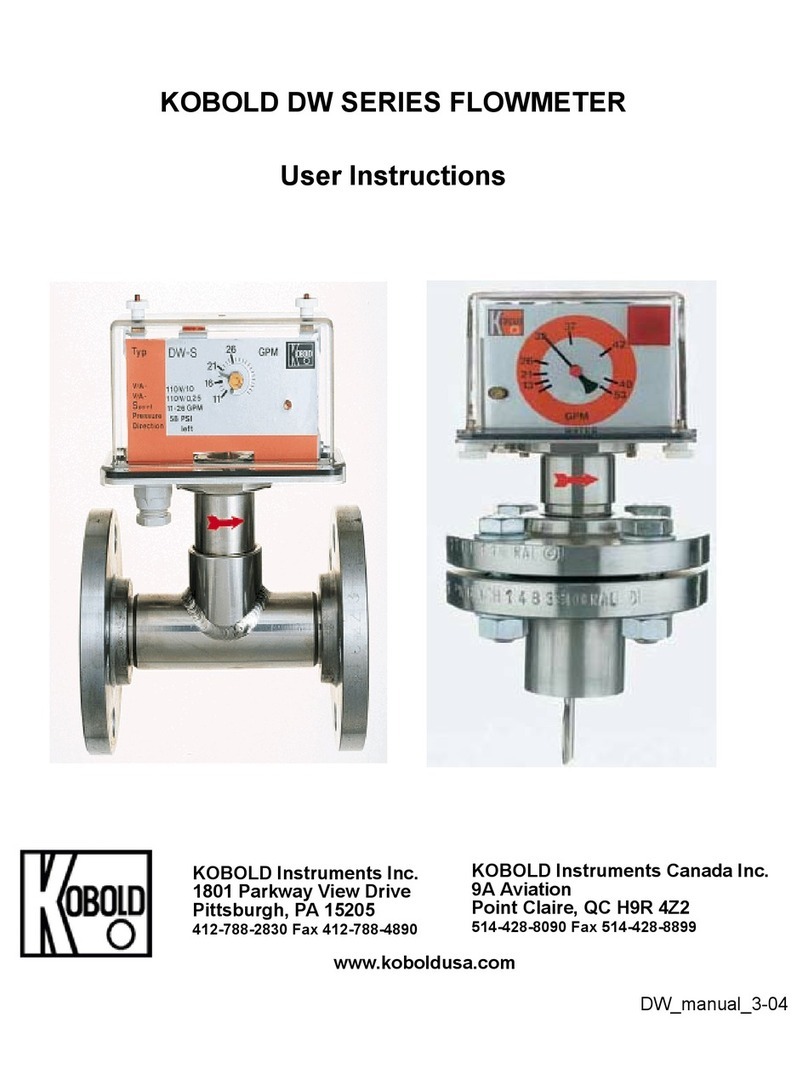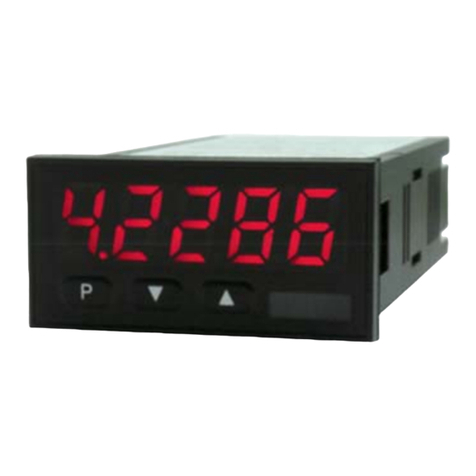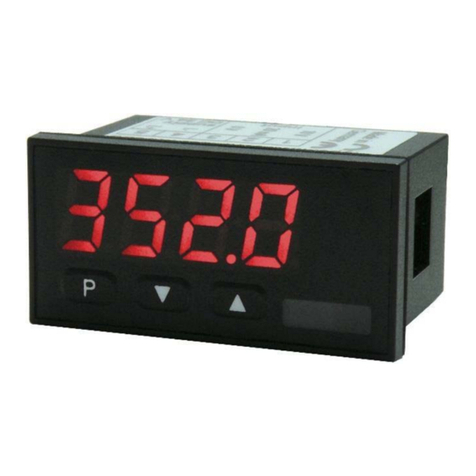MIK
page 2 MIK K10/0817
1. Contents
1.Contents........................................................................................................2
2.Note ..............................................................................................................3
3.Instrument Inspection....................................................................................3
4.Regulation Use..............................................................................................3
5.Operating Principle........................................................................................4
5.1General ................................................................................................4
5.2Minimum electrical conductivity / contained gases ..............................4
5.3Deposits...............................................................................................5
5.4Measuring electrodes...........................................................................5
6.Mechanical Connection.................................................................................6
6.1Check operating conditions..................................................................6
6.2Installation............................................................................................6
7.Electrical Connection ....................................................................................8
7.1General ................................................................................................8
7.2MIK-...S300..........................................................................................8
7.3MIK-...S30D .........................................................................................8
7.4MIK-...F300; MIK-...L3x3......................................................................9
7.5MIK-...L443 ..........................................................................................9
7.6MIK-...C30............................................................................................9
7.7MIK-...C34............................................................................................9
7.8MIK-...Ex4R, MIK-...Gx4R..................................................................10
8.Operation ....................................................................................................11
8.1Switch point setting MIK-...S300, MIK-…S30D ..................................11
8.2Counter electronics MIK-…Ex4R .......................................................11
8.3Dosing electronics MIK-…Gx4R ........................................................11
9.Adjustments – Compact Electronics MIK-...C3.. .........................................12
9.1Button function...................................................................................12
9.2Settings..............................................................................................12
9.3Value setting ......................................................................................13
9.4Set-up mode ......................................................................................14
9.5Main menu items ...............................................................................16
10.Maintenance ...............................................................................................19
11.Technical Information..................................................................................20
12.Order Codes ...............................................................................................23
13.Dimensions .................................................................................................24
14.EU Declaration of Conformance..................................................................27
Manufactured and sold by:
Kobold Messring GmbH
Nordring 22-24
D-65719 Hofheim
Tel.: +49(0)6192-2990
Fax: +49(0)6192-23398
Internet: www.kobold.com
